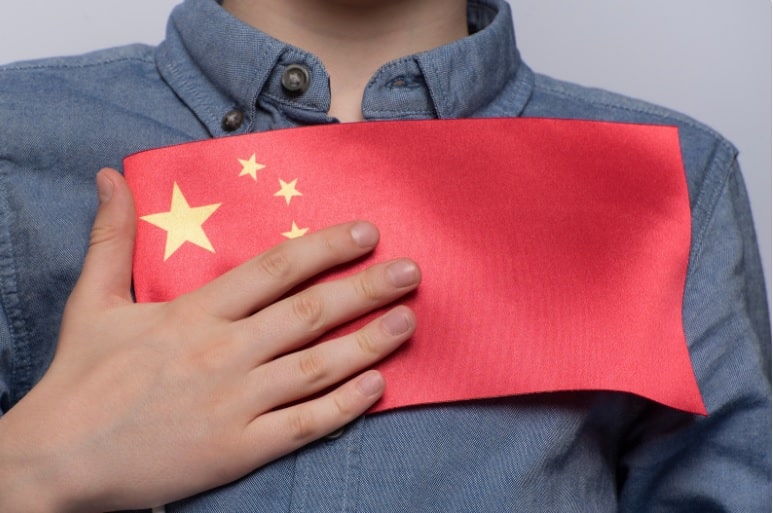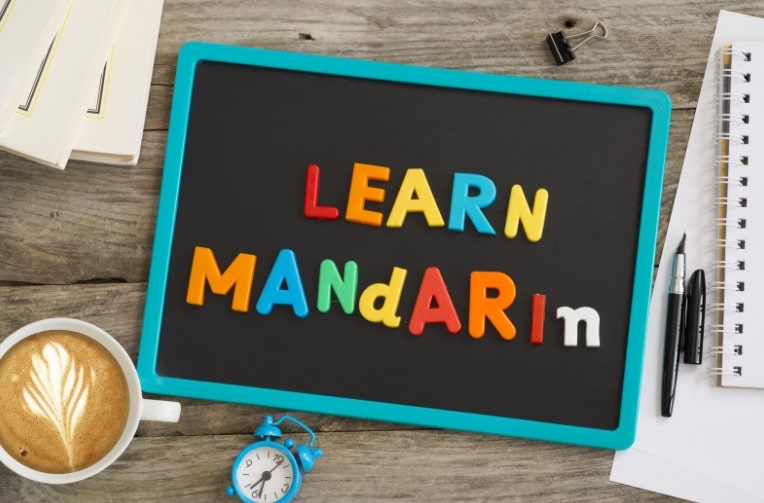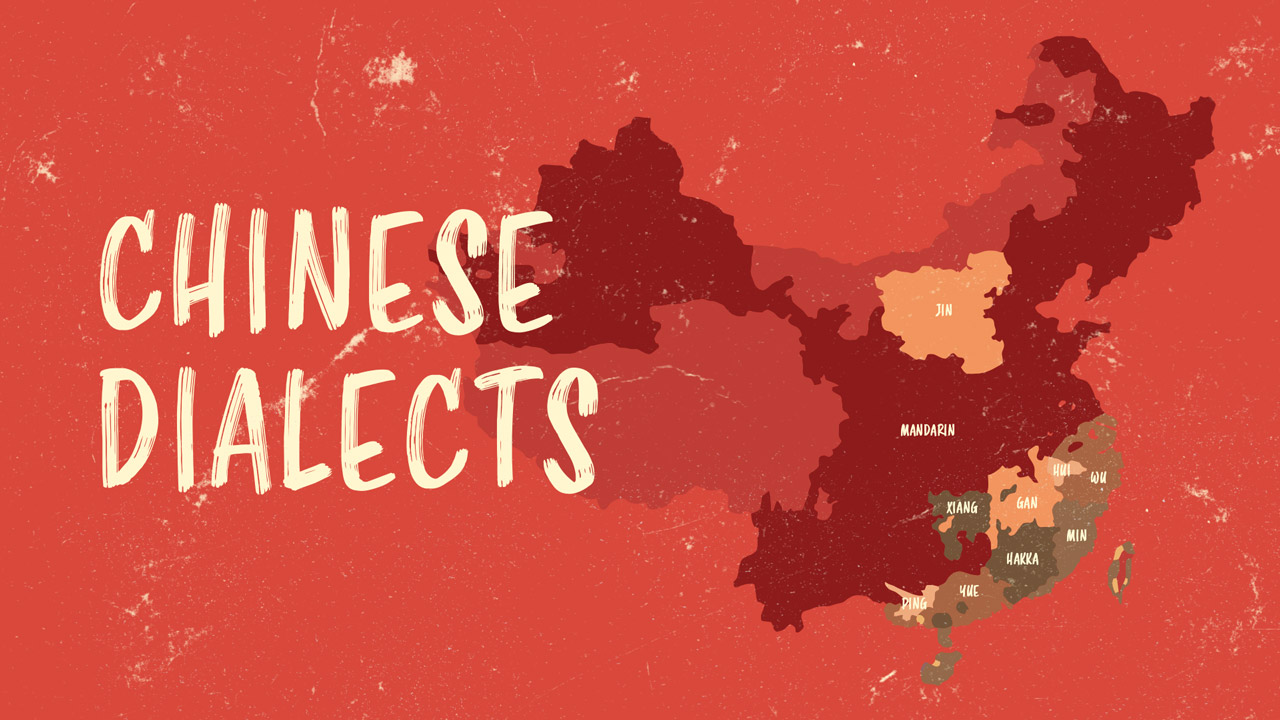A Beginner’s Guide to Chinese Dialects
China is the most populated country in the world and it’s only natural that its inhabitants speak many languages.
At the time of writing this article, there are 56 ethnic groups speaking over 100 Chinese dialects/languages.
It’s difficult to exactly answer the question of “how many Chinese dialects are there?”. There are dialects still not known to us, and it’s likely that we’ll never know the exact number of them.
Linguists still can’t agree whether it’s right to call these Chinese dialects or languages. That’s because some of them are so similar to each other that their speakers can understand one another, whilst other ones’ characteristics are completely different. For the sake of consistency, I will refer to them as “dialects” in this article.
So what are the dialects of Chinese?
This article will introduce every beginner Chinese learner to the most common Chinese dialects and highlight the main information that makes them distinct and special.
What’s the Deal with Chinese Dialects and Languages and How Do I Tell the Difference?
Accents, dialects and languages. Which is which and what is the difference between them?
Let’s take English for example. Within an English-speaking country, such as the USA, there are people with different accents: the New York accent, the California accent, and so on. An easy way to say this is: they all say the same thing with a different pronunciation.
English also has dialects. The language is spoken differently in England, in the USA, in Australia, in Ireland… English people might use the word “mate” a lot, while Americans would probably rather say “buddy”. The differences and variations are not as obvious, and so, people often refer to these dialects as “accents”.
And what about languages? English, French and Spanish are all languages. They might belong to the same family (such as English and German both belong to the Indo-European language family and Chinese belongs to the Sino-Tibetan language family with a language called Karenic), but they are often spoken in different countries and the speakers might not understand each other at all.
Language is generally both written and spoken, while dialect is usually only spoken.
Mandarin Chinese is a special case, because the Mandarin dialects are often so different from each other, that they could potentially classify as their own languages.

What is the Official Language of China?
To answer the question of what language is spoken in China can be a bit tricky, because, as you now know, there is more than just one.
“Chinese” is actually an incorrect name for the official language of China. The right term is Mandarin. So rather than saying “Chinese language dialects”, refer to them as “Mandarin dialects”.
Let’s look at some common names connected to this language and see what they mean:
汉语 (hànyǔ) – “Chinese” (especially used for the spoken language) is a term to describe a group of different language varieties spoken in China. 中文 (zhōngwén) – “Chinese” mostly refers to the written form of the language. 普通话 (pǔtōng huà) – “Mandarin” or “Standard Chinese”, but its literal translation is “common speech”. This is the one that is most widely spoken in China, the official language, and most foreigners who choose to learn Chinese, choose 普通话 (pǔtōng huà).
Types of Chinese Dialects: List of Chinese Dialects by Number of Speakers
As mentioned before, there is no way to know exactly how many languages or dialects are spoken in China, although it’s assumed there are hundreds of them. Nowadays, there are about 7 dialects in China that are more commonly spoken than others.
I prepared a table of different dialects in China for you below. These are the 7 most common Mandarin dialects by number of their speakers:
| Dialect | Estimated Number of Speakers | Area of China (Where Spoken) |
|---|---|---|
| “Mandarin” – 普通话 (pǔtōnghuà) | 679,250,000 (71.5 %) | North and Southwest |
| “Wu”- 吴语 (wúyǔ) | 80,750,000 (8.5 %) | The coast of Shanghai and Zhejiang |
| “Yue (Cantonese)” – 粤语 (yuèyǔ) | 47,500,000 (5.0 %) | Guangdong, Guangxi |
| “Xiang” – 湘语 (xiāngyǔ) | 45,600,000 (4.8 %) | Hunan |
| “Min” – 闽语 (mǐnyǔ) | 38,950,000 (4.1 %) | Fujian and the coast of south China |
| “Hakka” – 客家话 (kèjiā huà) | 35,130,000 (3.7 %) | Scattered from Sichuan to Taiwan |
| “Gan” – 赣语 (gànyǔ) | 22,800,000 (2.4 %) | Jiangxi |
Mandarin is the most widely spoken and official language of China, and on top of that, it’s also the language of industry, as well as one of the languages of the United Nations.
Mandarin is based on the Peking dialect. As a foreigner in China, you might notice that people switch to 普通话 (pǔtōng huà, “Mandarin”) for you, especially in bigger tourist friendly cities.
The speakers of the dialect Wu live in a very densely populated area of Shanghai and the river Yangtze. That’s why Wu is often referred to as “Shanghainese” by English speakers, or by Chinese speakers as 江南話 (jiāngnán huà, “Jiangnan dialect”) because of its distribution in that region.
The Yue dialect is better known as Cantonese. Apart from in mainland Chinese provinces Guangdong and Guangxi, this dialect is spoken in Hong Kong and Macau. If you’re a beginner Mandarin learner, it can seem like Cantonese is a completely different language (and you might also feel the same way with Cantonese even later down your studying road). There are many differences between Cantonese and Mandarin, which I’ll look into later on in this article, but just some quick information to show how big the differences can be: while Mandarin has 4 basic tones, Cantonese has 9 tones.
The dialect Xiang is also known as 湖南话 (húnán huà, “Hunan dialect”), as Hunan is the main province in China where this dialect is spoken. Xiang is influenced by Mandarin and by Gan. That’s because it’s geographically mostly surrounded by regions that speak these dialects.
Min, also known as Hokkien or Fukien, is the dialect of south China, especially Fujian province. It’s also spoken in Guangdong, Zhejiang, Hainan and many Taiwanese people speak it, too, which is caused by the proximity of Taiwan to these provinces.
Because Hakka is spoken in different parts of China (Sichuan, Guangdong, Fujian, Jiangxi, Hunan and others, as well as in Hong Kong, Taiwan), but also Malaysia, Indonesia and Singapore, there are countless versions of this dialect. It’s interesting that Hakka is distributed in many parts of China and abroad; there are many communities in other countries speaking Hakka, as well. The complexity of this Mandarin Chinese dialect is the perfect example of why it’s difficult to identify every dialect of Mandarin.
Spoken widely in the Jiangxi province, Gan dialect is also commonly spoken in Fujian, Hunan, Hubei and Anhui provinces. It’s quite close to the Hakka dialect and often addressed to as 江西话 (jiāngxī huà, “Jiangxi dialect”).

How Big are the Differences Between the Chinese Dialects and Mandarin?
The short answer to this question is: it depends on which dialect we’re looking at, but generally quite big. Different dialects usually don’t only sound unrecognizable to a Mandarin language learner, but even to native speakers of Mandarin.
Let’s look at some examples of differences between the Mandarin dialects.
Cantonese vs. Mandarin
Cantonese has twice as many tones as Mandarin. While Cantonese has from 6 to 9 tones (depending on the area and the speakers), Mandarin has 4 tones. And if we include 轻声 (qīngshēng) – “the neutral tone”, it has 5 of them.
While Mandarin uses simplified characters, Cantonese still uses the traditional ones. They are often so different from each other that even a native Mandarin speaker could have issues reading a text written in traditional characters.
The way the Cantonese speak is also special. For example, in simplified characters, 食咗未? (hí zuo wèi?, “Have you eaten yet?”) is a Cantonese way of saying “Hi, how are you?”. Their pronunciation of this sentence goes like this: sek zor mei?. “Have you eaten?” is a common way of saying hi in Chinese, but Mandarin speakers would say 你吃了吗? (nǐ chīle ma?, “Have you eaten?”).
Other differences between Cantonese and Mandarin include more initial consonants in Mandarin, longer vowels in Cantonese and a different way of speaking, such as idioms, words and phrases.
Wu vs. Mandarin
Wu or “Shanghainese” is only spoken, therefore it’s easier to classify it as a dialect. Speakers of Wu should understand Mandarin, as they interact with it almost every day (in media, schools, etc.).
Mandarin has 4 tones, without the neutral one, while Wu dialect has 5 of them. Another difference is that Wu changes tones not only for its words, but also whole phrases, while Mandarin only uses tones for syllables and words.
Sometimes, the words of the “Shanghai” dialect are different, while they mean the same thing in Mandarin. For example: in Mandarin, the word for “I” is 我 (wǒ). In Wu, 吾 (wú) – “I”.
Let’s also use the example of “Have you eaten?” to show the difference between Mandarin and Wu. If the speakers of Wu want to ask you how you’re doing, they might say something like this: 侬饭吃了伐? (nóng fàn chīle fá?, “Have you eaten rice?”), which can sound completely different and confusing to a 普通话 (pǔtōng huà, “Mandarin”) speaker.
Other Chinese Dialects vs. Mandarin
Comparing some of the dialects, like Min or Hakka to Mandarin, can be like comparing English to Dutch, or even Romanian. Different dialects have different vocabularies, different idioms and phrases they use. And sometimes even different tones, speed of speaking or, like in the case of Cantonese, different writing systems.
To wrap up with the most well-known Mandarin Chinese dialects, let’s have a look at some of their main characteristics:
Min, especially the one spoken in the very South, has more tones than Mandarin. Generally, it’s between 6-8 tones, but the number and differentiation of tones changes depending on the area.
Xiang dialect also has more tones; in this case it’s 5 to 7. It also has more initial consonants than Mandarin (28 vs 21).
Simply put, Hakka is a mixture of Cantonese and Mandarin. It has borrowed many words from Cantonese and uses 6 main tones to differentiate meanings. It has the same amount of vowels as Mandarin. There are also differences in its vocabulary comparing to the Mandarin one, for example, 我 (wǒ) is “I” in Mandarin, but in Hakka, “I” is 𠊎 (ái).
While Standard Mandarin doesn’t have any particular tenses, Gan dialect has nine of them. Gan also uses many archaic words that are no longer a part of a Mandarin vocabulary. This dialect uses 5 to 7 tones.
Why are There So Many Chinese Dialects?
History of the Mandarin Chinese language provides a lot of answers about how the language was formed and how it’s been changing over time. It’s necessary to have some knowledge about Chinese history, how the civilization was formed and the dynasties that separated the population and formed little “states” where different languages were spoken.
Even after language unification, many areas of China still preserved their dialects, including different writing systems.
Nowadays, another important thing to understand about the big number of dialects in China, is the size and the population of the country. China is almost as big as the USA, but the population is much bigger (almost 1.5 billion in China compared to around 320 million in the USA).
Based on the area the speakers live in, they also have different customs and culture. Connecting these facts with the history part, China can be compared to Europe or Africa, where people also speak different languages and have different cultures. There are similarities, but if a traditional person from Sichuan (east/middle of the country) met a traditional person from Hainan (very south of China), not only they might not understand each other’s dialects, but their appearance can be also different from one another.

Which Chinese Dialect Should I Learn and What Should I Do Next?
Standard Mandarin, the one that is based on the Peking dialect, is the language you’re best to learn first, as an international Chinese speaker. Mandarin Chinese is usually the natural, default option when translating, working in different international industries, movies, and studies.
Depending on your needs and goals, you can focus on one of the Mandarin dialects, but generally, once you master Mandarin, you can continue your studies with one of the dialects. Mandarin is also the easiest option, if you’re learning from another country (such as in school or a course). To properly learn a dialect, you’ll probably need to travel to the area where it’s widely spoken and learn straight from the native speakers.
Learning a language opens the world to you. But learning the dialects, the way people really speak, truly helps you make your way to getting to know the culture of a country. And China is not an exception.
What to do next?
Continue your language learning journey!
Start by learning how to read and write Chinese characters, master basic Chinese vocabulary, and even start learning with Benny’s favorite resources to learn Cantonese if you feel ready to become a Mandarin Chinese dialects expert.



Social